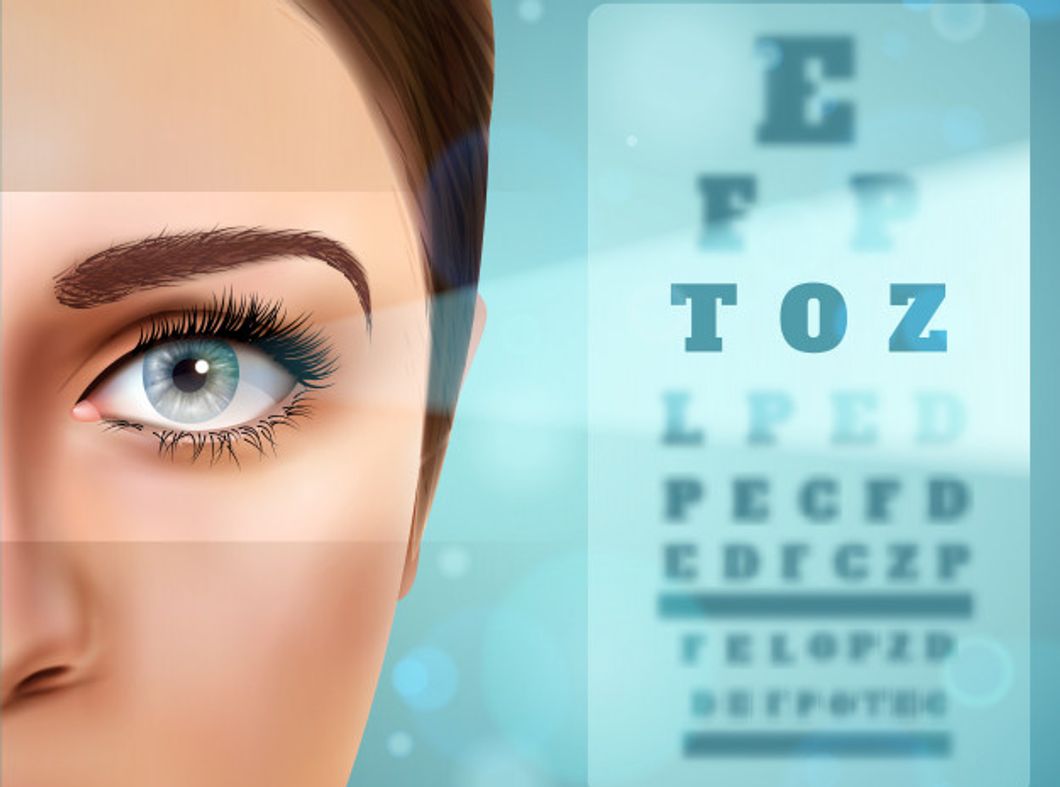With age, the natural lens of the eye starts to become cloudy and the vision weakens. The cloudy lens restricts the amount of light entering into the eye to reach the retina. This is a very normal eye condition that occurs in almost every person with old age. But the good news is that there are advanced treatment facilities available that treat cataracts successfully, renewing vision.
Causes And Risk Factor
The cause of cataracts is not always known. Age-related degeneration is the most common reason for cataract formation. As you age the natural lens becomes hard and starts to lose its functions.
Several factors are there that can increase the risk of cataracts at an early age. These are:
- Family history for cataract formation
- Diabetes
- Eye trauma or injury
- Long term intake of corticosteroid medicines
- Sun exposure, poor diet and smoking
Common Symptoms of Cataract Formation
The major signs that can give you early warning for cataract formation are as follows:
- Blurry, hazy or filmy vision
- Cloudiness present in the pupil
- Poor vision and increased glare from lights
- Poor distance vision
- Poor night vision
- Colour blindness
- Double vision
- Sudden change in vision power
If you notice any such signs with you, you must consult with an ophthalmologist. You can find the best cataract surgeon in Delhi.
Classification of Cataract
Cataracts can be classified according to the place of their formation. The location of the cataract determines its severity. The doctor suggested a suitable treatment procedure after diagnosing the condition of the cataract and its position. Your cataract can be either noticeable or it can be hidden without showing any symptoms.
The two most common type of cataract based on their location is:
Nuclear Cataract- The nuclear cataract forms when the position is in the middle of the lens. This type of cataract is more noticeable and it affects the middle portion of the natural lines. With time the lens starts to get dense and whitish that impairs the vision. The lens also turns yellowish to brown which affects the person's vision. This cataract requires surgery so that the cloudy lens can be removed and replaced with an artificial one.
Cortical Cataract- When the edges of the lens are affected and turn hazy, it is known as the cortical cataract. In this type, the outer edge of the lens starts to turn whitish and opaque. It also progresses slowly and only restricts the lights entering from the edge.
Treatments For Cataract
Nowadays there are advanced technologies to treat cataracts. But one of the most common treatments is phacoemulsification. In this method, the doctor uses ultrasound waves to break the cloudy lens into pieces. The pieces are then suctioned out and a new artificial lens is placed. This technique is very successful and it heals fast. You can explore more about this treatment by consulting a surgeon today.
What Are The Preventive Measures For Cataract?
There is no clear guidance on how to prevent cataracts. This is an age-related disorder that will occur. But you can always prevent this from affecting at an early age with few tips.
- One must go for a regular eye checkup. Proper eye exams can help the doctor find any abnormality in the eye. Make sure you visit an eye specialist once or twice a year.
- Abstaining from smoking is a good way to keep your eyes healthy. Studies have shown that people who smoke frequently are more prone to eye diseases.
- Control diabetes as it can lead to various eye-related disorders including cataracts. Make sure you follow all the instructions given to you by your doctor in case you have diabetes.
If you are in doubt with cataract treatment, find the right eye hospital and consult an experienced doctor.



 StableDiffusion
StableDiffusion
 full parking
StableDiffusion
full parking
StableDiffusion


 Photo by
Photo by 
 Photo by
Photo by  Photo by
Photo by 









